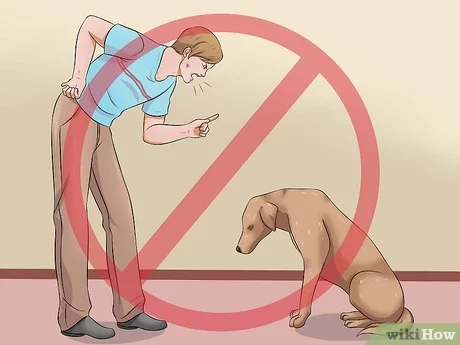Can Dogs Have Food Coloring
Dogs are man’s best friend, and as a pet parent, it is your responsibility to ensure that they get the best possible care. One aspect of dog care that often comes up is their diet. As a pet owner, you may be wondering if it is safe to give your furry friend food coloring. The simple answer is that it depends on the type of food coloring used and the amount given.
Food coloring is commonly used in human foods to enhance their appearance, but some pet owners may wonder if it is safe for dogs. Dogs have different nutritional requirements than humans, and what may be safe for us may not necessarily be safe for them. Let’s delve deeper into the topic of whether dogs can have food coloring.
Can Dogs Have Food Coloring?
The short answer is yes; dogs can have food coloring, but with certain caveats. Many commercial dog food products contain food coloring as an ingredient. Food colors are added to make kibble more appealing to humans who are buying them, but it doesn’t affect the dog’s taste or nutritional value. Therefore, if you’re feeding your pup commercially available dog food, there’s a high probability that they are already consuming food coloring.
However, if you plan to give your dog home-cooked meals or snack on human foods, you must be cautious about using food coloring. Not all food colorings are created equal; some may cause health problems in dogs.
Types of Food Coloring
There are two types of food coloring: natural and synthetic. Natural food dyes are derived from plants or minerals and are generally considered safer than synthetic dyes. Natural dyes include beet juice (red), turmeric (yellow), and spirulina (blue-green). Synthetic dyes are chemically produced and include FD&C Red No. 40 (red), Yellow No. 5 (yellow), Blue No. 2 (blue).
The FDA regulates both natural and synthetic dyes used in human food, and they are generally considered safe. However, the FDA does not regulate pet food dyes, making it difficult to determine their safety.
Risks of Feeding Dogs Food Coloring
While food coloring is generally considered safe for dogs, there are some risks associated with it. Synthetic food coloring may cause allergic reactions in dogs, leading to skin irritation, itching, and gastrointestinal problems such as vomiting and diarrhea. Some studies have also linked synthetic dyes to hyperactivity and behavioral problems in children, but whether this applies to dogs is still unknown.
Additionally, some dog breeds may be more sensitive to certain types of food coloring than others. For example, pugs are known to have a higher risk of developing skin allergies than other breeds.
If you’re considering feeding your dog foods containing food coloring or adding them to homemade treats, it’s best to consult with your veterinarian first. They can advise you on which types of food coloring are safe for your dog and in what amounts.
Alternatives to Food Coloring
If you’re looking to add color to your dog’s diet without using food coloring, there are many natural alternatives available. You can use fresh fruits and vegetables such as blueberries (blue), carrots (orange), and spinach (green) to add color to their meals. These natural ingredients not only make their meals more visually appealing but also provide additional nutritional benefits.
Conclusion
In conclusion, dogs can have food coloring, but it’s essential to use caution when doing so. Synthetic dyes may cause health problems in dogs, so it’s best to opt for natural dyes whenever possible. If you’re unsure about the safety of a particular type of food coloring for your dog, consult with your veterinarian first.
Remember that while a colorful meal or treat may look appealing to humans, our furry friends don’t care about aesthetics. As long as their meals meet their nutritional requirements and taste good, then they’ll be happy. So, skip the food coloring and opt for natural ingredients to keep your pup healthy and happy.



